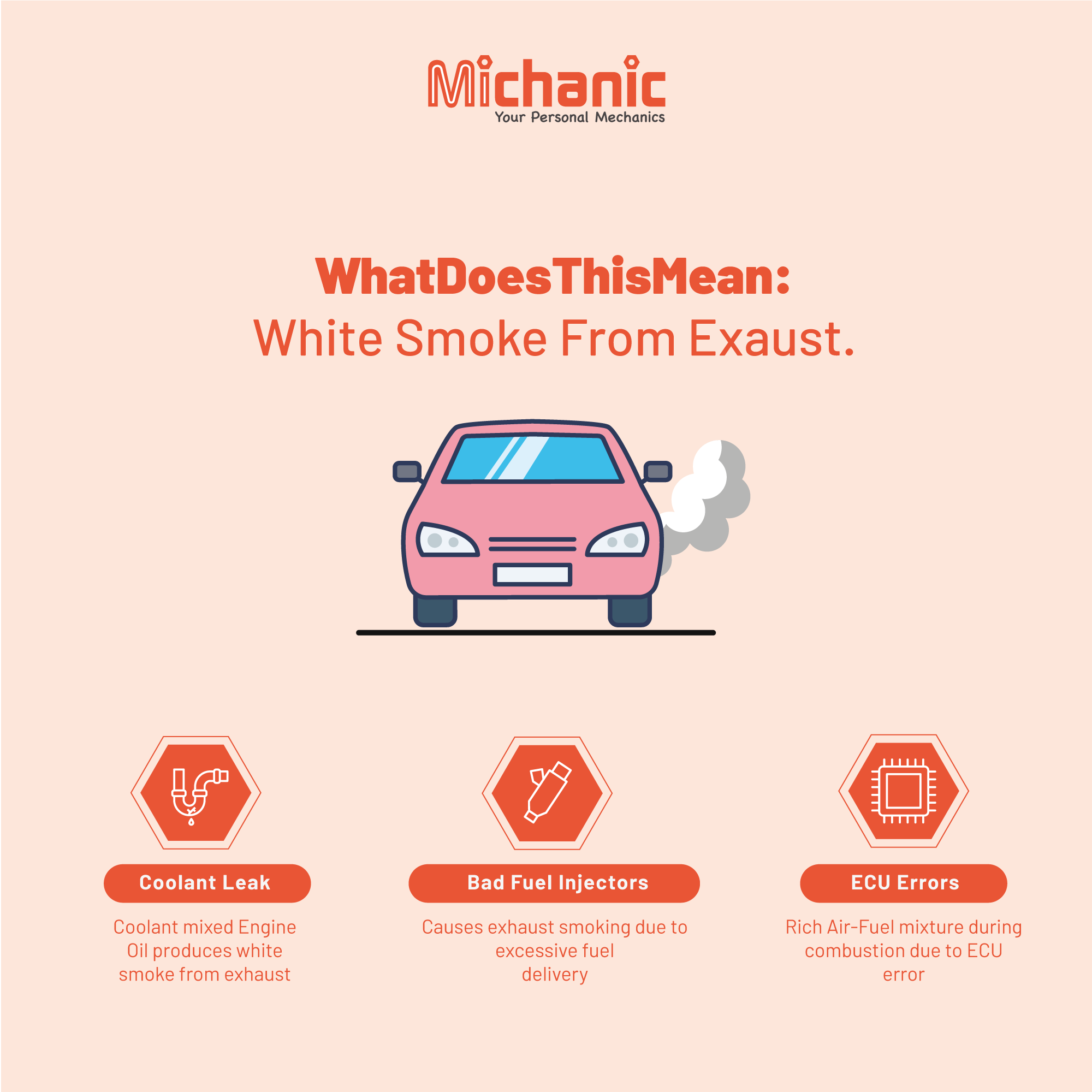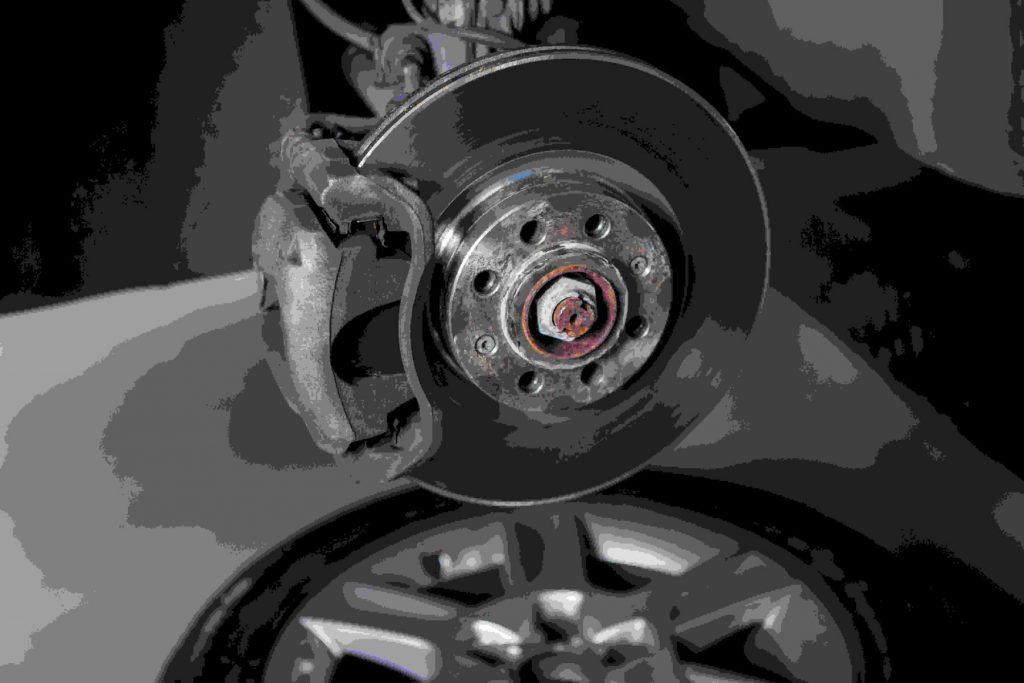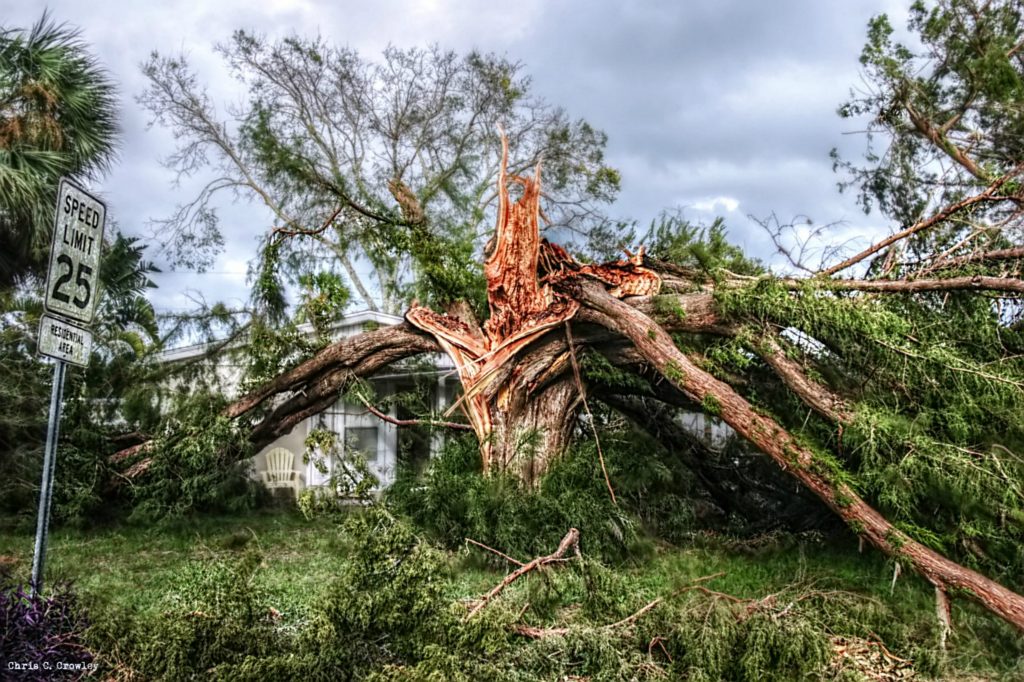If you’ve noticed a cloud of white smoke coming from your car’s exhaust, it’s natural to feel alarmed. Is your engine in trouble, or is it just harmless vapour? At Burj Malabar Auto Maintenance in Sharjah, we often have drivers asking us this very question. In most cases, exhaust smoke can indeed tell you what’s happening under the hood – by its colour. A puff of white smoke can range from normal water vapour to a warning sign of engine trouble. In this article, we’ll explain what white exhaust smoke could indicate, how to tell benign condensation apart from serious issues, and what other exhaust smoke colours (blue, black, gray) might mean for your vehicle.
White Exhaust Smoke – Normal vs. Problem?
Not all white exhaust “smoke” is truly smoke; sometimes it’s just steam. Thin, wispy white vapour coming from the tailpipe, especially on a cool morning or right after startup, is usually condensation turning into steam – essentially water vapour being expelled as the engine and exhaust warm up. This kind of white vapour dissipates quickly and has no acrid odor. In Sharjah’s warm climate, you might not see this often except on cooler winter mornings or when the car hasn’t been driven for a while. This light white steam is generally nothing to worry about.
On the other hand, thick, persistent white smoke that continues even after the engine has warmed is a red flag. Unlike harmless steam, heavy white exhaust smoke often indicates that engine coolant is leaking into the combustion chamber. In gasoline engines, the most common cause is a blown head gasket (or less commonly, a cracked cylinder head or engine block). Burning coolant produces dense white smoke with a distinctive sweet, syrupy odor. You might also notice the engine running hot or an unexplained coolant loss. If you see thick white smoke (more like clouds than wisps), take action immediately: pull over if you’re driving and consider getting the car towed to prevent severe overheating or internal damage.
Common Causes of White Exhaust Smoke
When white smoke is more than just normal condensation, it’s important to find the cause and get it fixed promptly. Based on our experience, here are some common causes of significant white exhaust smoke:
- Condensation (Normal Vapour): As mentioned, a bit of white steam at startup can simply be moisture in the exhaust evaporating. This is common on cooler days and should stop once the engine warms up. No repair needed – your exhaust is just drying out.
- Blown Head Gasket: A failed head gasket is the prime suspect when you have continuous thick white smoke. The breach in the gasket lets coolant seep into one or more cylinders and vapourise during combustion. This not only creates white smoke but can also lead to engine overheating. A head gasket failure is serious and typically requires a major repair. It’s best to address it quickly, since driving with a blown gasket can cause further engine damage.
- Cracked Cylinder Head or Block: If the engine has severely overheated or suffered internal damage, the metal could crack, allowing coolant to leak into the combustion chambers. A cracked cylinder head or engine block causes the same white-smoke symptoms as a head gasket failure. Though less common, it is equally serious and may require extensive engine repairs or even an engine replacement.
- Diesel Fuel Issues: In diesel vehicles, white exhaust might not be coolant at all but unburned fuel. White smoke in a diesel (especially if it smells like diesel fuel) often means fuel isn’t being completely burned – for example, due to low compression or incorrect injector timing on a cold start. This usually happens during cold starts and may clear up as the engine warms, but it signals your diesel needs a check-up (injectors, glow plugs, compression, etc.).
Each of these issues has its own fix – from replacing a gasket to major engine work – but all warrant prompt attention. We always advise not to ignore thick white exhaust smoke. If it’s more than just a little vapour on startup, it likely means something in your engine needs repair before it gets worse.
Exhaust Smoke Colour Comparison
While white smoke (especially the serious kind) often points to coolant or water vapour, other exhaust smoke colours have their own stories to tell. Skilled mechanics can often diagnose problems based on whether the exhaust is white, blue, black, or gray. Here’s a quick comparison of exhaust smoke colours, what they might mean, and how urgent the issue is:
| Exhaust Smoke Colour | Likely Cause | Severity | What to Do |
|---|---|---|---|
| White – thin wispy vapor (at startup) | Condensation – water vapour from moisture in the exhaust system heating up. No fuel or oil is burning, just water turning to steam. | Normal (Not serious) | No action needed. This light vapour should disappear once the engine and exhaust pipe warm up. It’s common on cool mornings. |
| White – thick, billowing smoke that lingers | Coolant leaking into cylinders and burning (e.g. a blown head gasket or cracked head/block). The exhaust may have a sweet antifreeze smell. | Serious (Critical) | Stop driving and get the car checked ASAP. Continuing to drive can cause severe overheating or further damage. |
| Blue or Blue-Gray smoke | Burning oil in the engine – oil is seeping into combustion (worn piston rings, valve seals, or turbocharger seal). Often more noticeable on startup or acceleration. | Moderate | Check your oil level and repair the leak promptly. Burning oil can foul spark plugs and the catalytic converter over time. |
| Black smoke | Excess fuel (running “rich”) being burned – too much fuel and not enough air. Could be due to a clogged air filter, faulty injector, or oxygen sensor issue. Black smoke may leave soot deposits. | Moderate | Have the engine’s fuel/air mix checked and any faulty parts fixed. For example, replace a dirty air filter and any bad injectors or sensors. Not immediately dangerous, but it wastes fuel and could eventually harm the catalytic converter. |
| Gray smoke | Various possible causes – often oil burning (like blue smoke) or transmission fluid burning in the engine. Could also be a stuck PCV valve or other issue. | Varies (Minor to Serious) | Have a mechanic inspect the vehicle to pinpoint the cause. |
Keeping Your Engine Healthy and Your Drive Clear
White exhaust smoke can range from a harmless puff of steam to a sign of serious engine trouble. The key is to observe the thickness, duration, and smell of the smoke. Thin vapour that disappears quickly is usually nothing to worry about, especially on those rare cool Sharjah mornings. But thick, persistent white smoke (with a sweet smell) is an urgent problem – likely a coolant leak – that you shouldn’t ignore. And as we’ve seen, other colours have meaning too: blue smoke means oil is burning, black means excess fuel, and gray could have multiple causes.
If you’re ever unsure about the smoke coming from your tailpipe, it’s better to be safe than sorry. Continuing to drive with a potential issue could turn a minor fix into a major repair. Feel free to contact us at Burj Malabar Auto Maintenance – we have the expertise to diagnose exhaust smoke issues and get you back on the road safely. Our team in Sharjah is always ready to help figure out what your car’s exhaust “smoke signals” are telling you, and to fix the underlying problem so you can drive with peace of mind.



